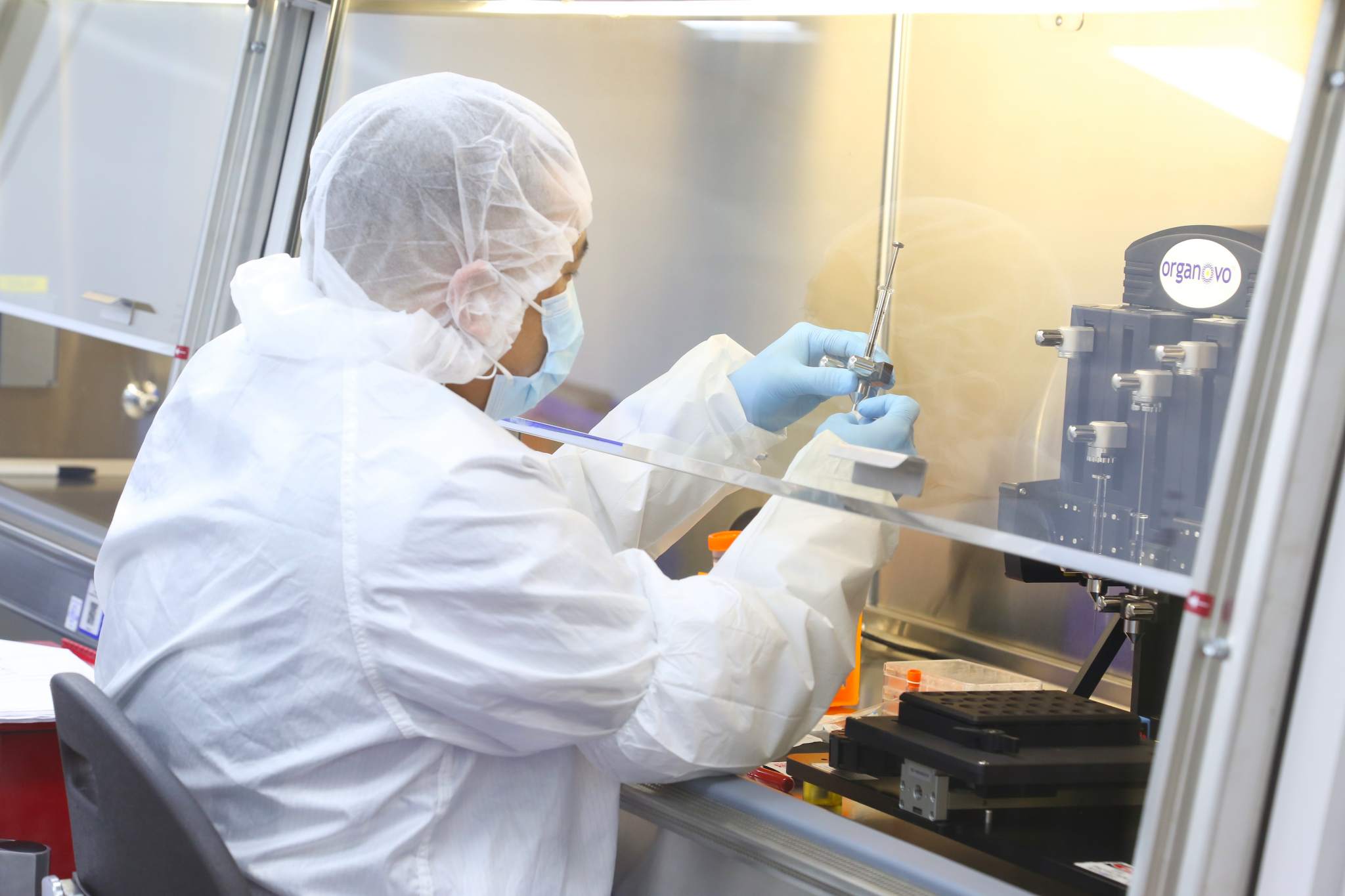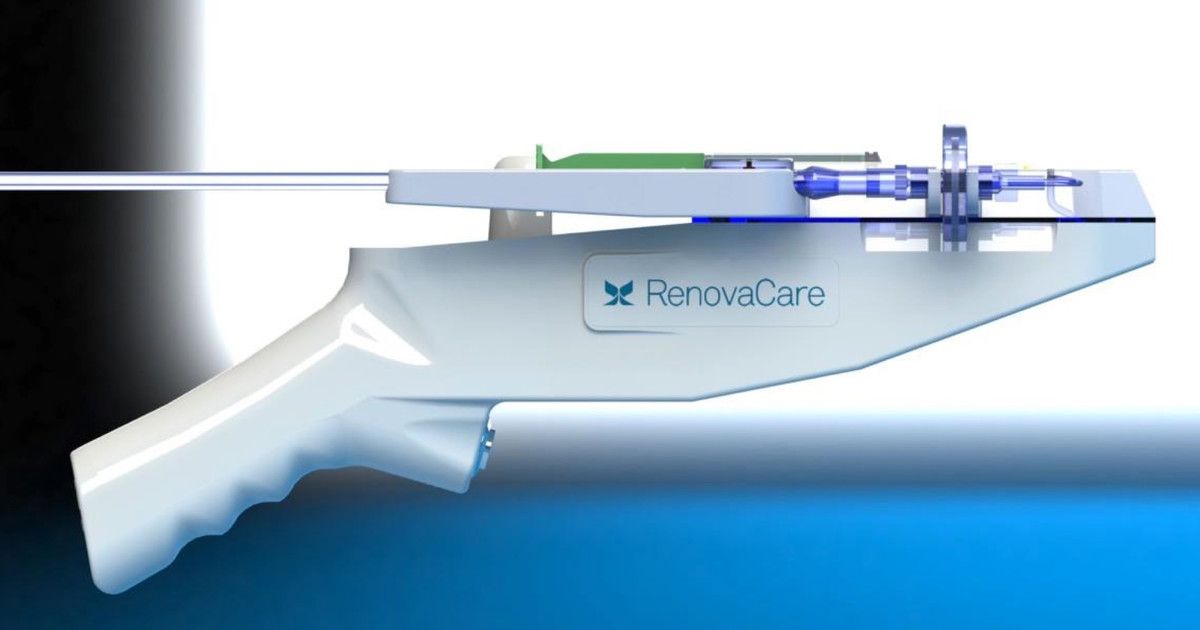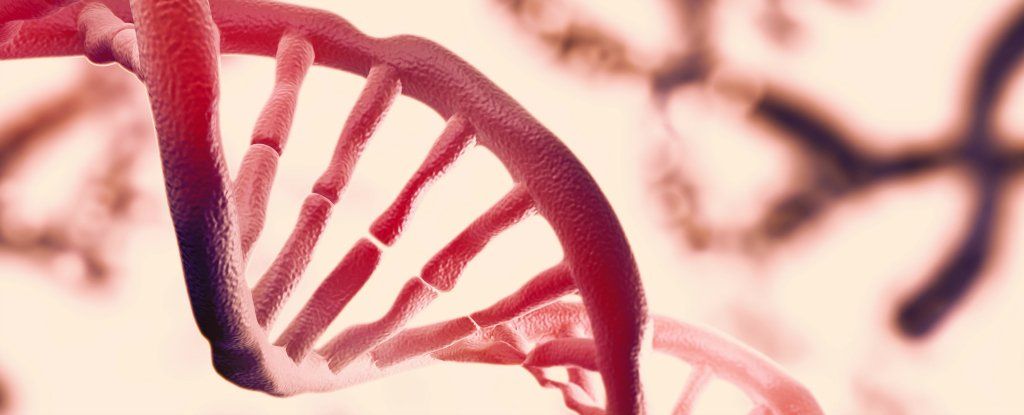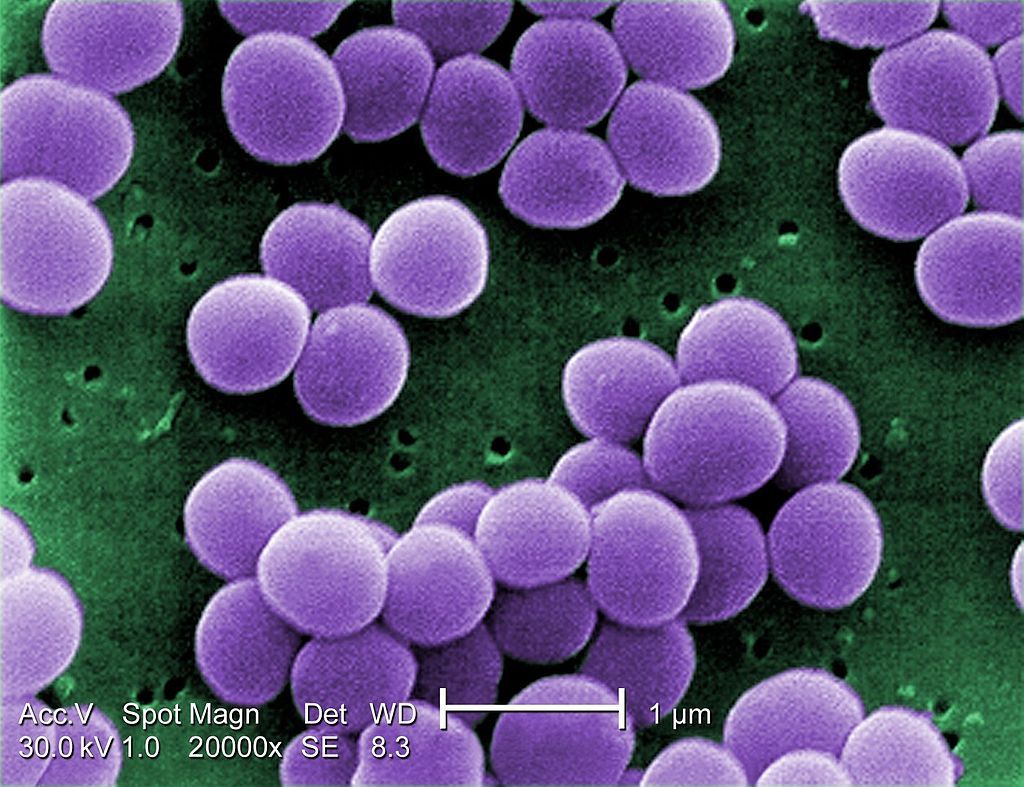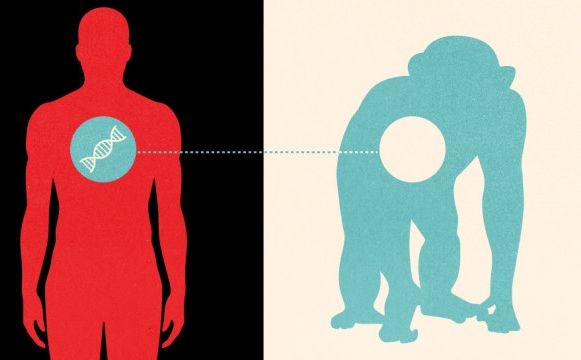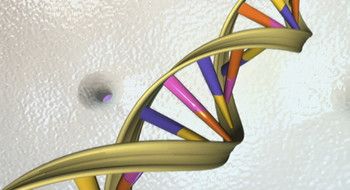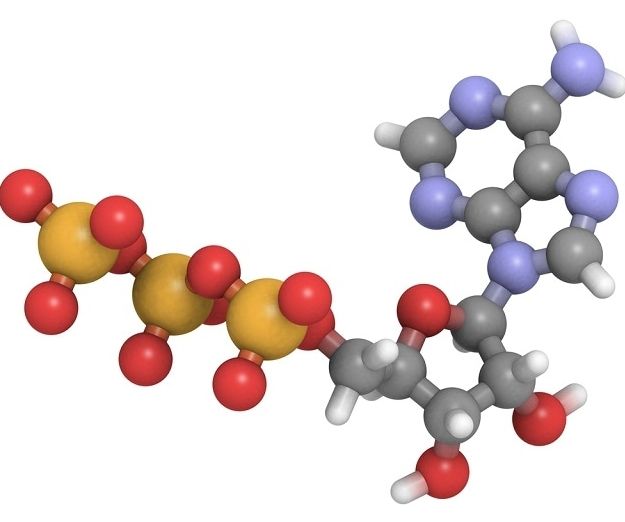For every star performing biotech, life sciences or innovative 3D printing company there are another 9 where investors would have been better off keeping their cash under a mattress.
As Organovo report their first full year operating on a commercial basis we look for clues as to which category they might fit into. With more than 25 patents secured and another 80 pending, does the current share price and today’s published financial accounts tell the full story?
Organovo increased total revenue from $570 thousand in 2015 to $1.5 million for 2016. However, losses also increased from $30.8 million to $38.6 million. Although yet to turn a profit, Organovo were always going to generate a sizeable amount of text in the 3D Printing media and beyond. The promise of combining biophysics, developmental biology and of course 3D printing to advance healthcare and life sciences is an attractive proposition.
